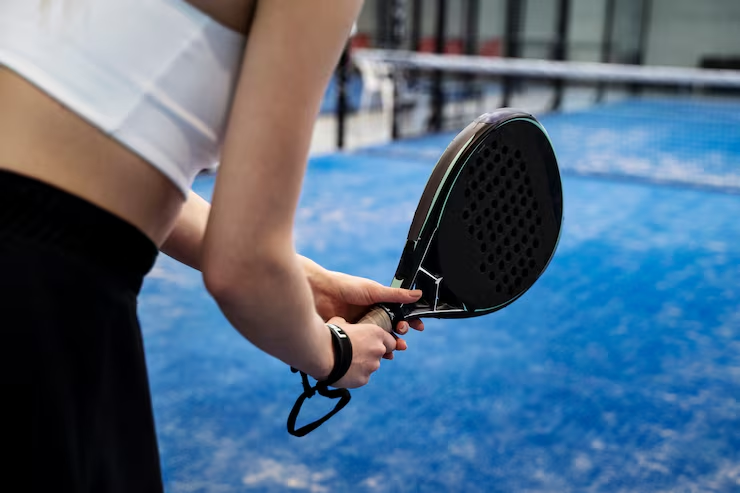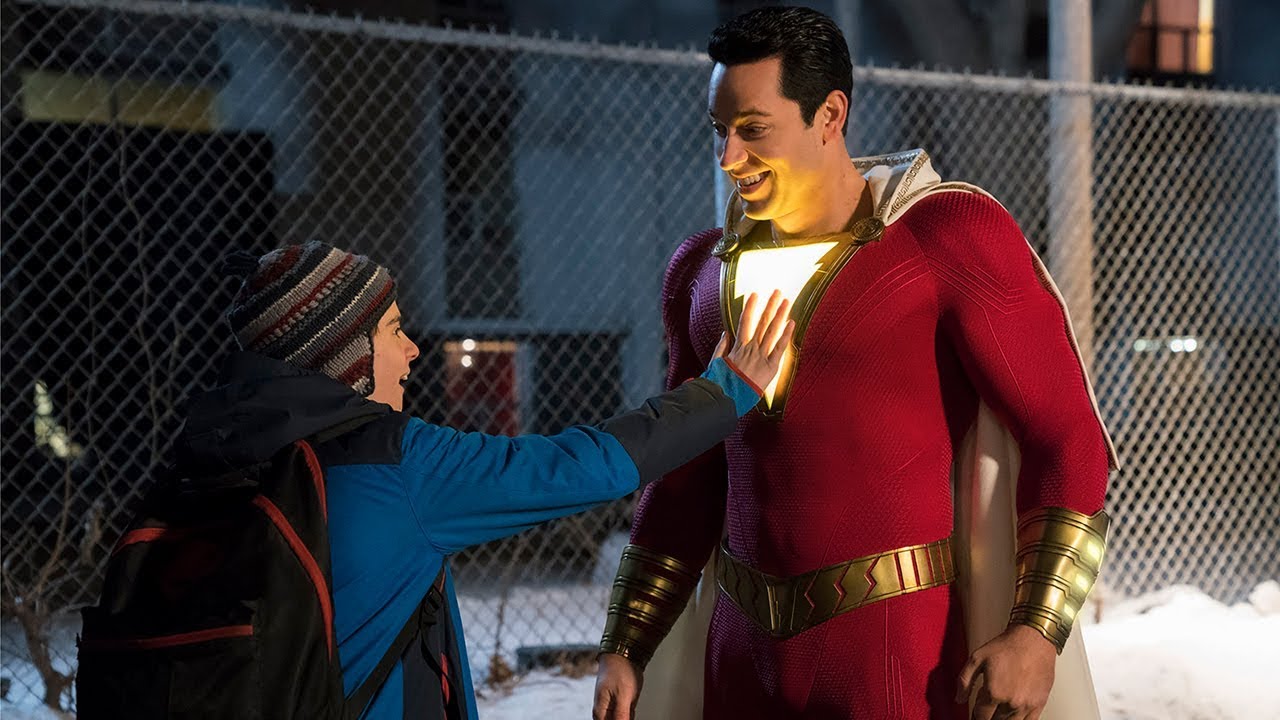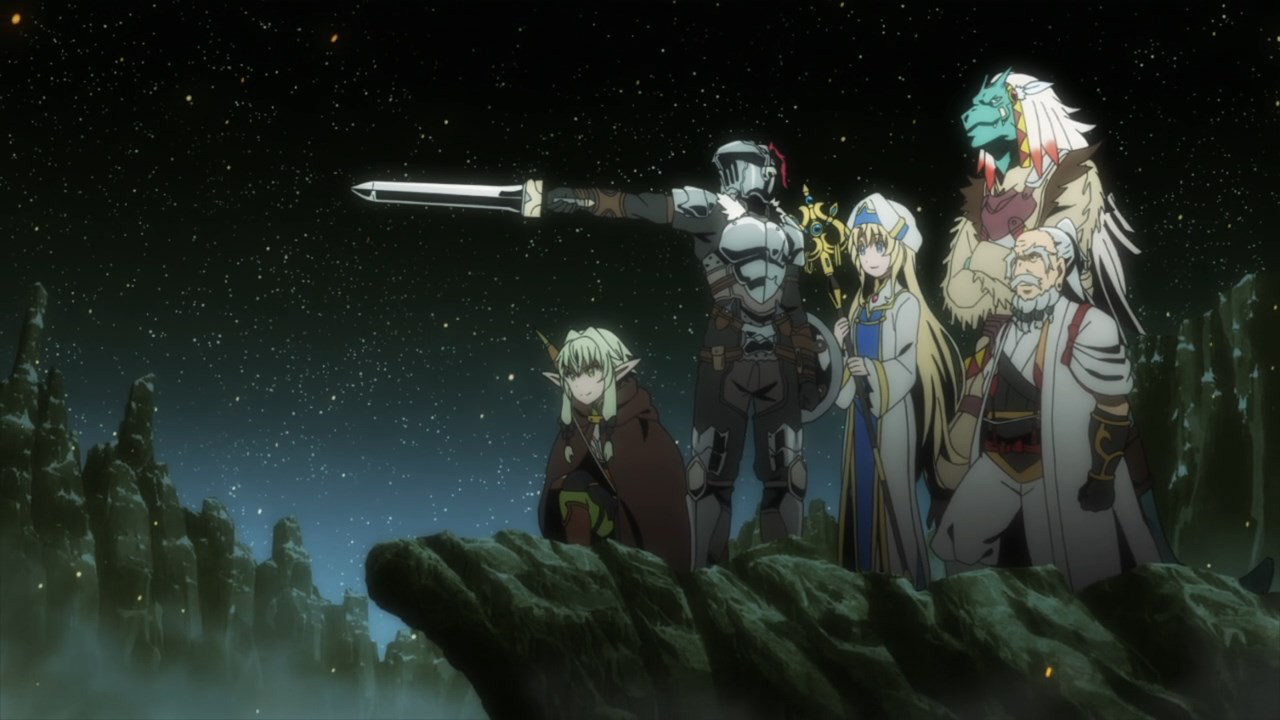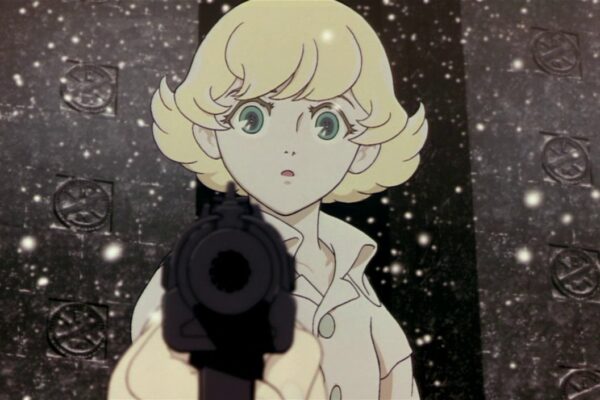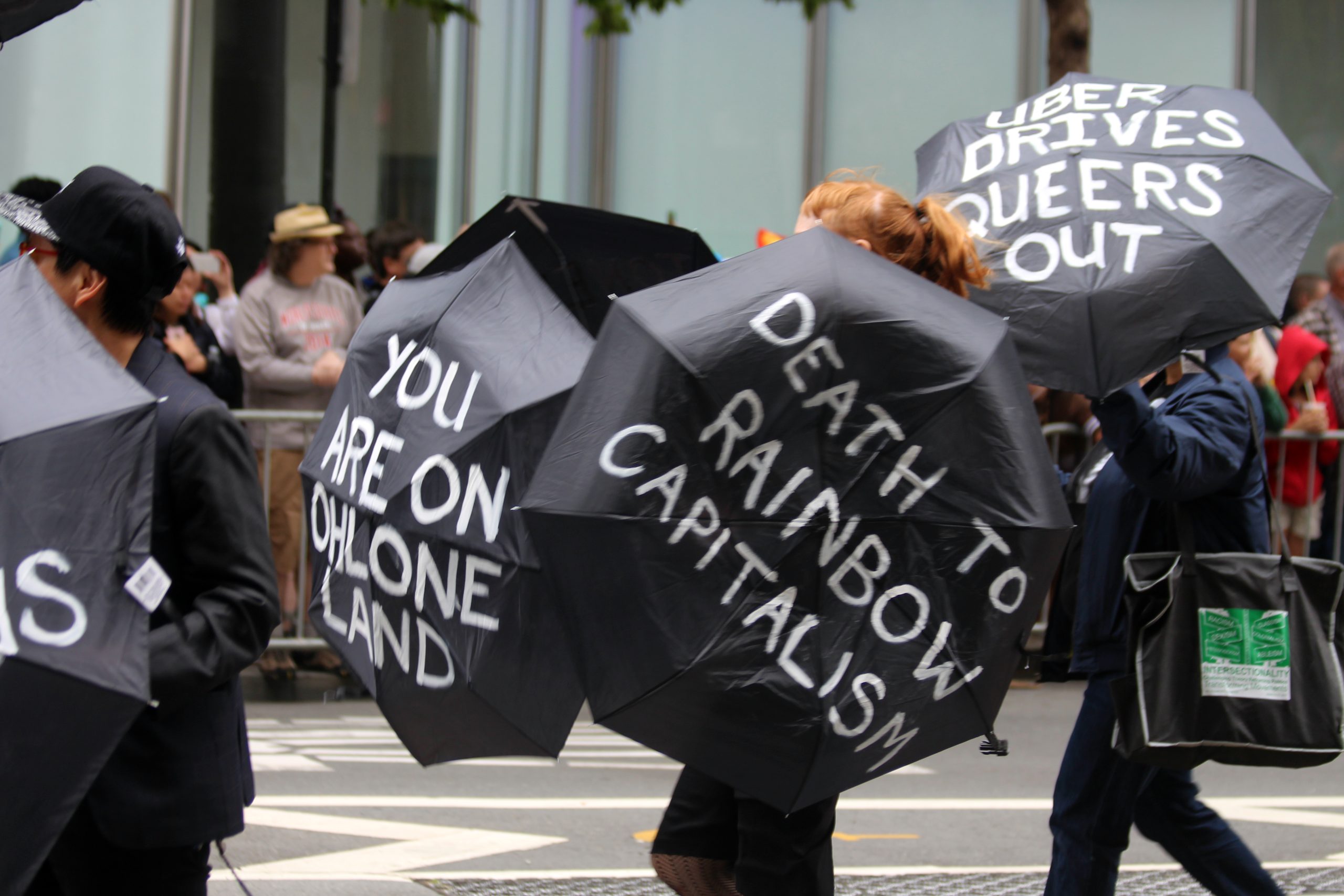There’s a certain thrill in watching a new sport explode into the public consciousness. Courts fill up, hashtags trend, and suddenly everyone seems to be talking about it.
Padel and Pickleball for example, have taken social media by storm everywhere, in Europe, North America, and also in Indonesia. The hype is undeniable, it is almost everywhere on instagram. Then, one question is worth asking: will they stand the test of time?
Why is it worth asking? because when new trend arrive, a new business opportunity, new connection, new communities will also rise. So it is worth to analyse if Padel and Pickleball will stand the test of time and bring their own legacy.
History has proved that many sports do not. Only few remain competitive and even share DNA with ‘the people’, while some burn bright and then vanish, leaving little more than nostalgia and old photographs. Only few sports dive deep into the life of society, growing roots so strongly they become part of a nation’s cultural DNA. The reason might be in just one simple term: cultural roots.
Cultural roots, a simple term to understand the connection between a certain activity with the heart of the people. Are they a beauty that just passed by or our long-life partner that we pour our heart into?
The Anatomy of Cultural Roots in Sports
In sports sociology, cultural roots can be understood through Pierre Bourdieu’s concept of habitus. It is the ingrained habits, skills, and dispositions that individuals acquire through life in a particular social and cultural environment. When a sport becomes part of the habitus, it stops being just a pastime, it becomes a way of life.
From a cultural anthropology perspective, Clifford Geertz’s idea of “deep play” applies here: sports often act as symbolic contests where identity, pride, and social order are at stake. This symbolic weight is what transforms a game into a tradition.
At least there are 4 elements that build cultural roots in sports, those are: (1) Historical Origin, (2) Community and Identity, (3) Generational Transmission, also (4) Mythology and Narrative.
Through historical origin, sports that endure often emerge from deep social or ritual needs. Take a look at football, it grew out of working-class community games in 19th-century England, while sumo wrestling began as a Shinto ritual in Japan. Next is community and identity, where a sport becomes an extension of a city, class, or nation. Let’s take a look at baseball in Japan that embodies discipline and perseverance, while cricket in India functions as both a relic of colonialism and a statement of cultural ownership.
Generational transmission also plays a role, as true longevity comes when a sport is taught not only in clubs but also in schools and family backyards. Finally, mythology and narrative give sports their emotional power that more than just a name, it brings the legacy. The great clubs and athletes are not merely winners but heroes and villains in a larger cultural story. Liverpool FC’s “You’ll Never Walk Alone,” for example, is more than a chant; it is an anthem of belonging. Also Messi and Cristiano that symbolize competition between the greats, names that will be chanted across generation.
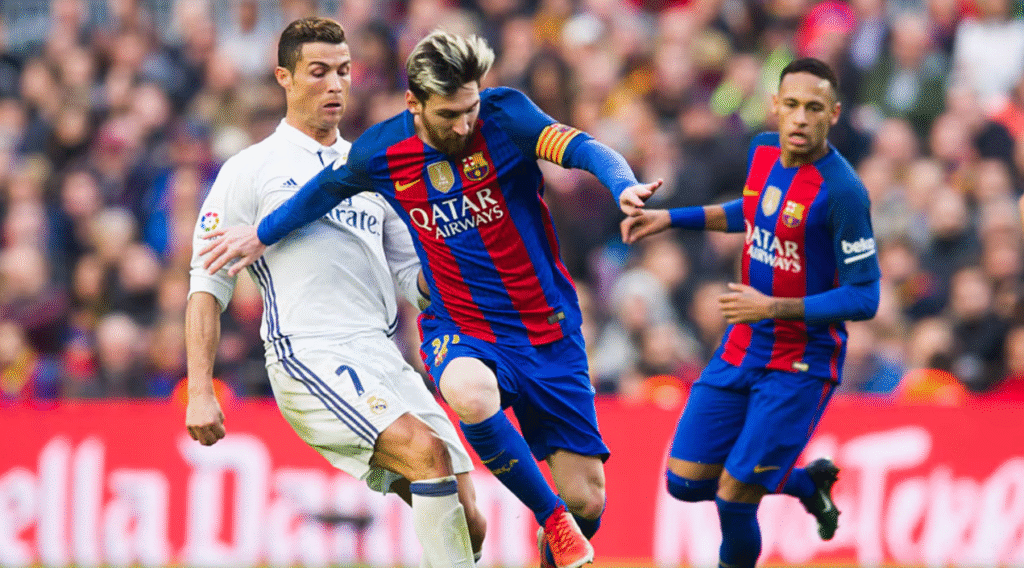
Collective Mentalities and Pride in Sports
Some sports feel inevitable because their cultural integration is so complete. For example is football, it carries meanings far beyond the pitch. Rivalries like Real Madrid versus Barcelona in Spain or Celtic versus Rangers in Scotland are about more than goals, they speak to religion, class, and identity.
In Indonesia, football is perhaps the most culturally embedded sport, with fan cultures such as Aremania, Bobotoh, and Jakmania forming tight-knit communities and also rivalries. While its reach is national, the rivalries remain intensely local, deeply tied to place, belonging, and local values.
Badminton in Indonesia holds a similar position in the national psyche, though in a different form. It is tied to national pride and collective memory, rooted in a long history of Olympic and All England champions. Matches in the Thomas and Uber Cup are moments when social divisions blur and the nation unites behind a shared identity.
In the United States, the National Football League has embedded itself in American culture to the point where Super Bowl Sunday is effectively a national holiday, blending sports, entertainment, and commercial spectacle.
Baseball in Japan and Korea tells yet another story of integration. Originally imported, it has been adapted and woven into the national fabric, with traditions like Japan’s Koshien high school tournament carrying as much emotional weight as the professional leagues. These sports endure because they are embedded in ritual: matches become annual events, jerseys become badges of identity, and stories are passed down like family heirlooms.
The Rise (and Possible Fall) of Padel and Pickleball
Padel and pickleball are thrilling in their own right. They’re fast to learn, accessible, and highly shareable in the age of Instagram. Their rise is helped by celebrity endorsements, low physical barriers, and easy-to-build facilities.
But here’s the challenge, most of these newer sports (leisure sports to be very exact) lack the deep roots that anchor them to communities. In countries like Indonesia, they are largely confined to urban middle-class leisure spaces such as exclusive clubs, gated communities, and boutique sports centers.
It makes the leisure activity more exclusive instead of being inclusive. Even esports is more inclusive with a smartphone is the only tool that you need to get into the activity. It even already bring us some gold medals through various competition. But not yet with Padel and Pickleball.
They even have no generational mythology yet, no historical battles that shaped their identity, no century-old rivalries sung about in stadiums. No tales of their own Maradona and Pele.
From a sociological standpoint, they remain lifestyle hobbies or leisure activity rather than collective identities or even competitive sports. Without the intergenerational transmission and embeddedness in public rituals, popularity may decline once the novelty fades.
Cultural roots act as a survival mechanism for sports. They ensure that:
- Ritual keeps the game alive: from chants to parades to annual derbies.
- Merchandise becomes symbolism: a jersey is no longer just apparel, it’s a flag.
- Shared memory creates loyalty: the heartbreak of a loss or the ecstasy of a win becomes part of a family’s story.
This is why football and badminton in Indonesia survive economic crises, media disruption, and generational shifts in leisure activities. It is because they are not just games, they are reflections of national and community identity.
Can Padel or pickleball grow these roots in time? Of course, it is possible, but it will require more than building courts and selling equipment.
They will need communities to claim them, stories to be told, and traditions to be formed. In the end, all that you have read above has scientifically show: sports that survive are those that become part of who we are. Without that connection, even the brightest flame will eventually flicker out.

